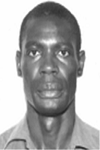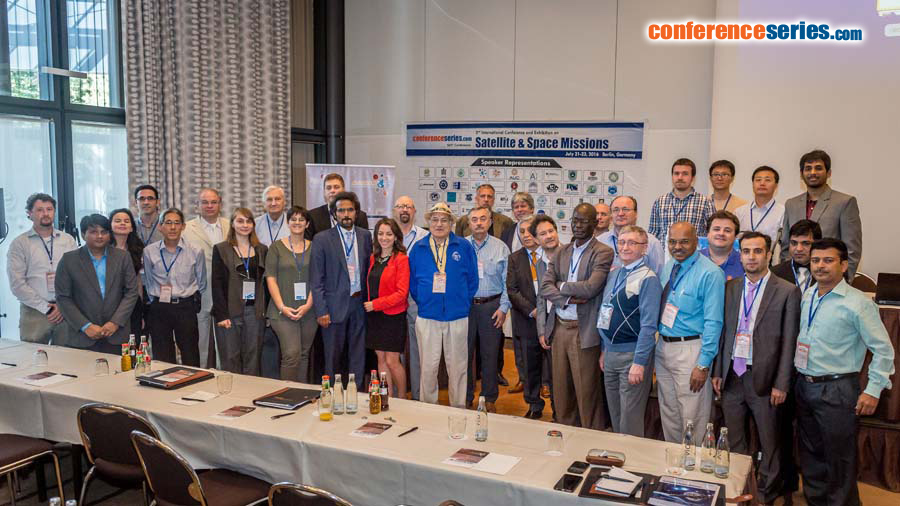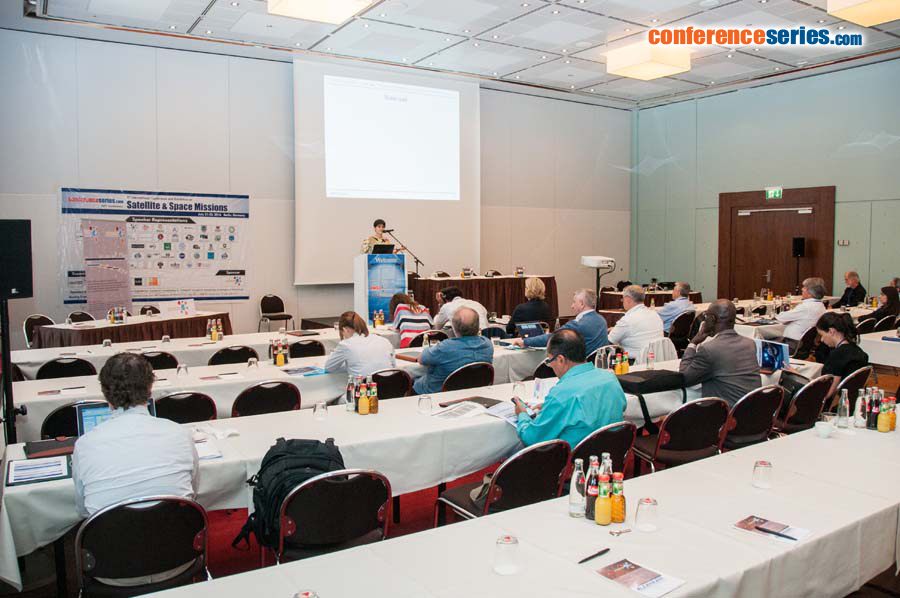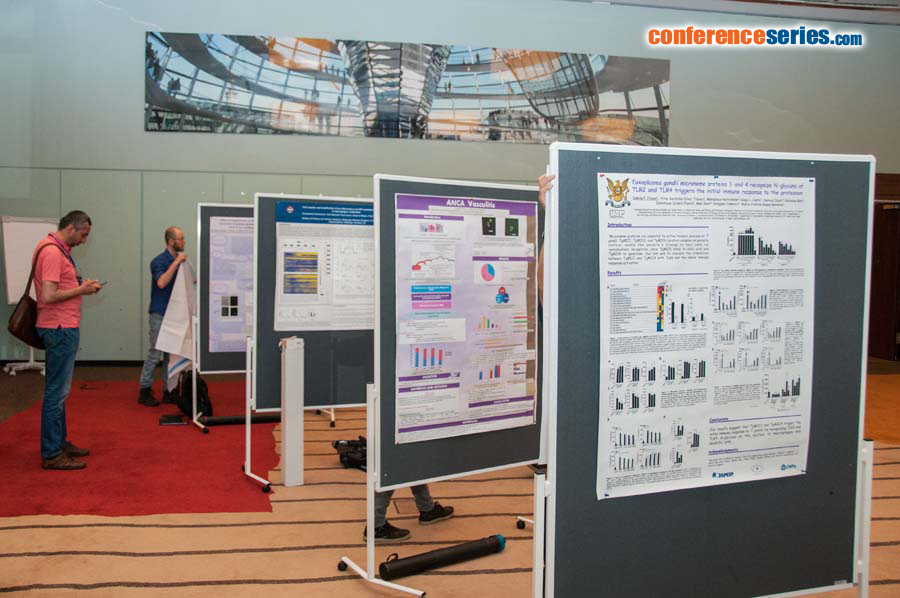
Hamisai Hamandawana
University of Fort Hare
South Africa
Title: Unveiling the first high resolution satellite mosaic coverage of Botswana’s Okavango Delta
Biography
Biography: Hamisai Hamandawana
Abstract
In 2007 Hamandawana et.al, published a paper in Vol 10 Issue 1 of the International Journal of Remote Sensing which proposed a ground-breaking methodology on how to georeference and mosaic CORONA photographs. These high resolution (2m) panchromatic photographs were acquired by the US military during the Cold War between June 1959 and May 1972 in order to gain military intelligence by spying on the Soviet Union, China and the rest of the world in an undercover surveillance program code-named CORONA. Although CORONA photographs provide one of earliest photoreconnaissance datasets immensely useful for long-term change investigation by extending the temporal coverage of remotely sensed images into the historical past by nearly a decade prior to the launch of Landsat I in 1972, their utility has been constrained by difficulties in compiling large area coverages because they exhibit substantial geometric distortions and exponential brightness variations that are difficult to correct. This presentation will attempt to bridge this gap by sharing with those interested, the first and only available complete CORONA mosaic coverage of the Okavango Delta on 15 September 1967. It is hoped that the remote sensing community will tap on this dataset to provide useful insights on controversies surrounding the transient / non-transient nature of environmental change in this sub-region during the recent historical past.
Speaker Presentations
Speaker PDFs
Speaker PPTs Click Here



